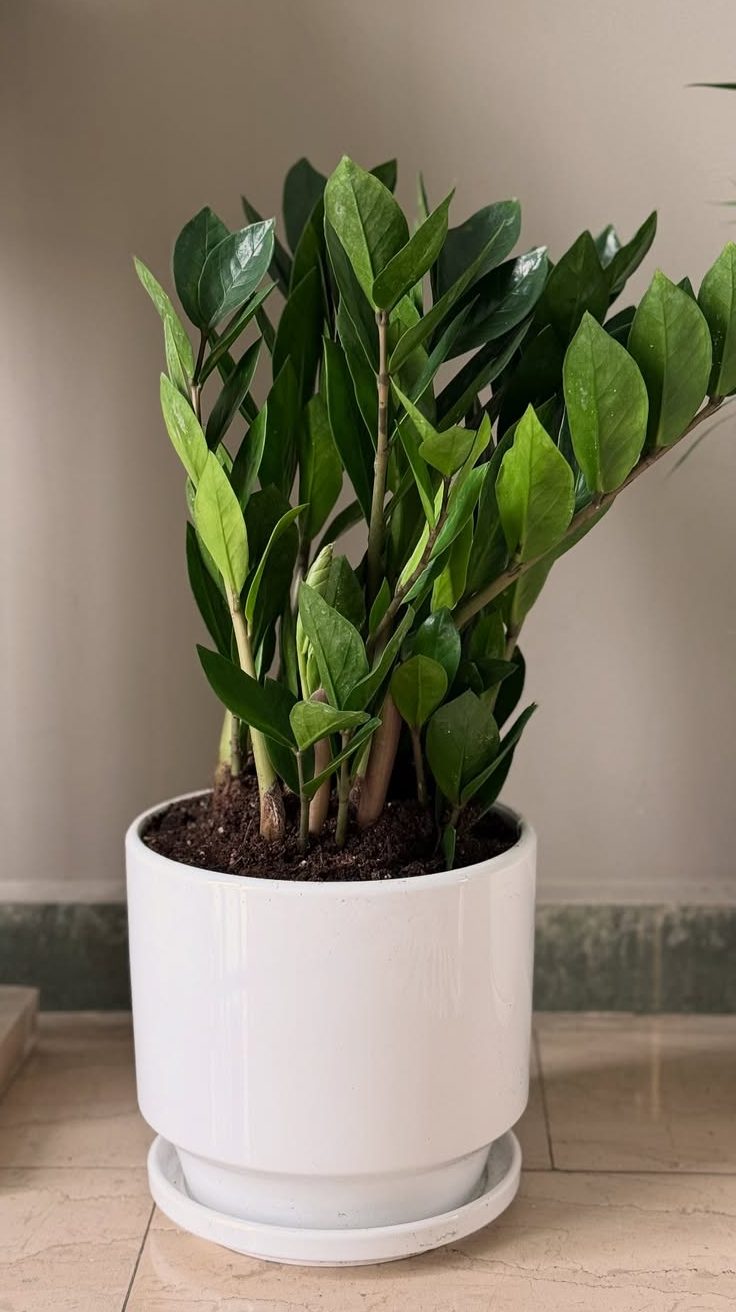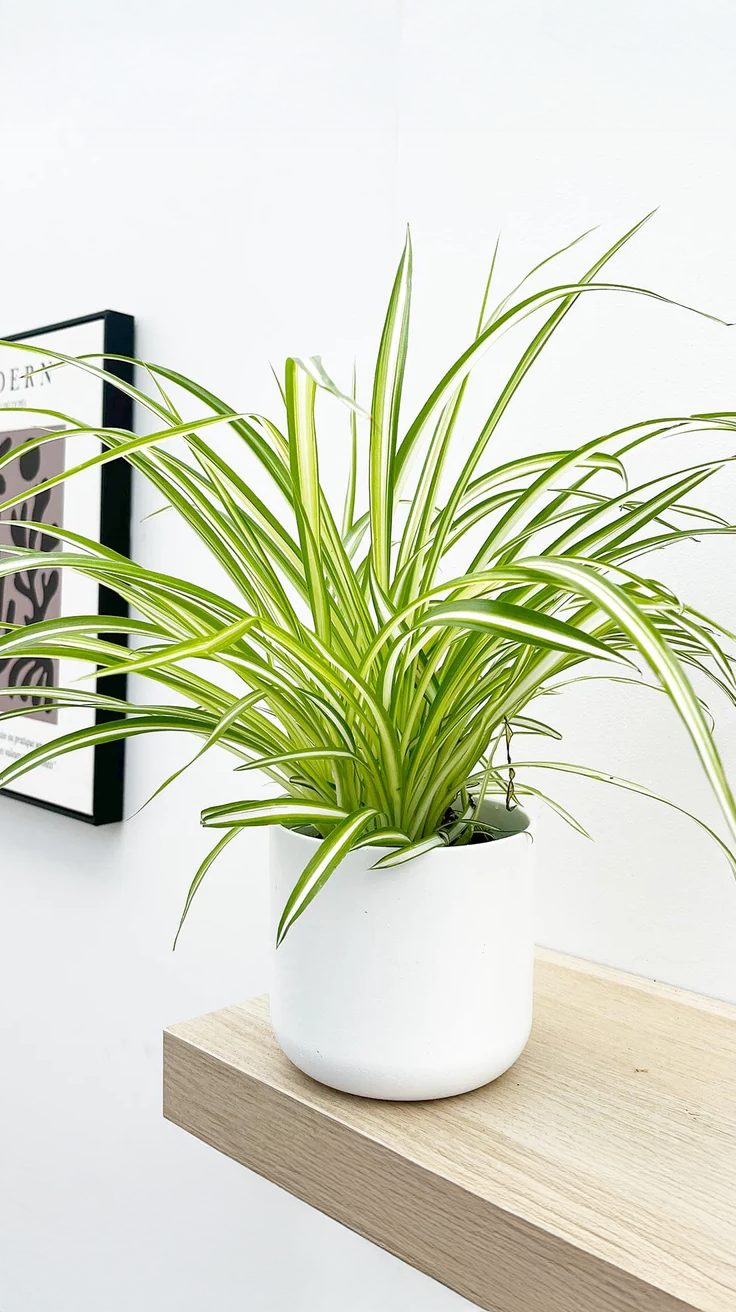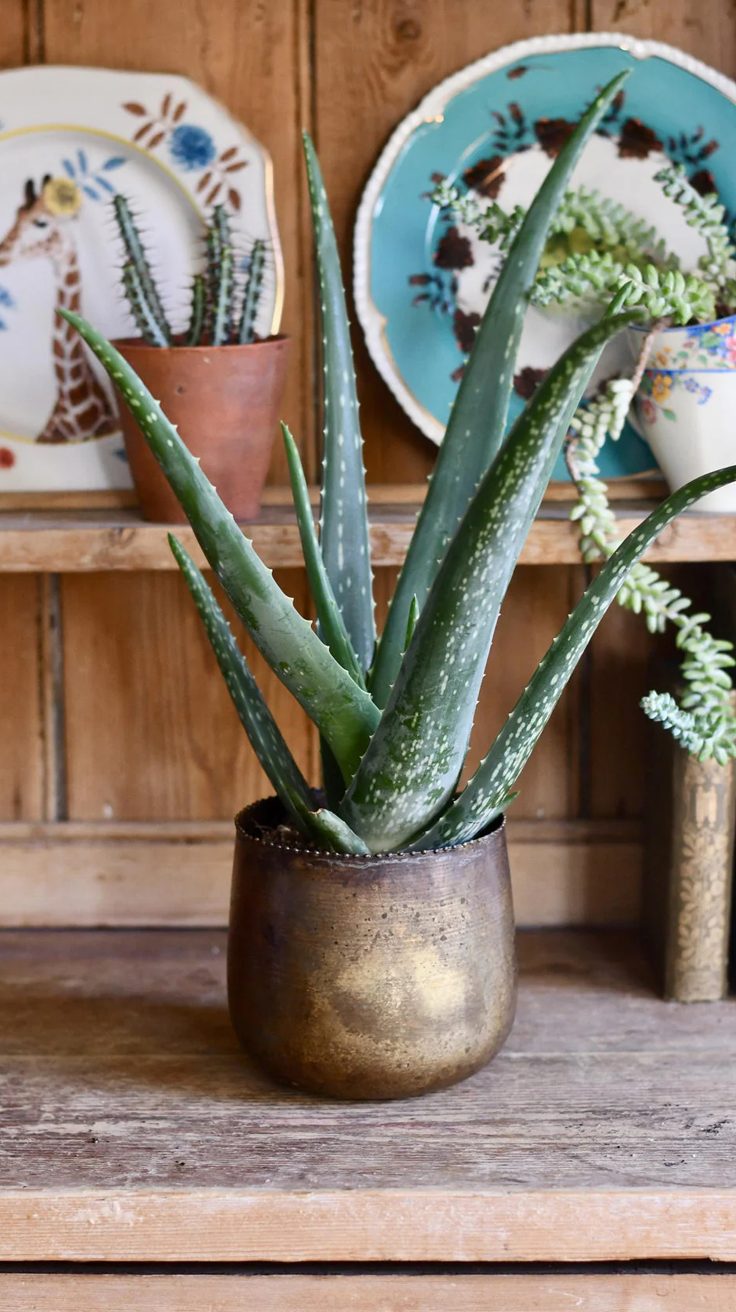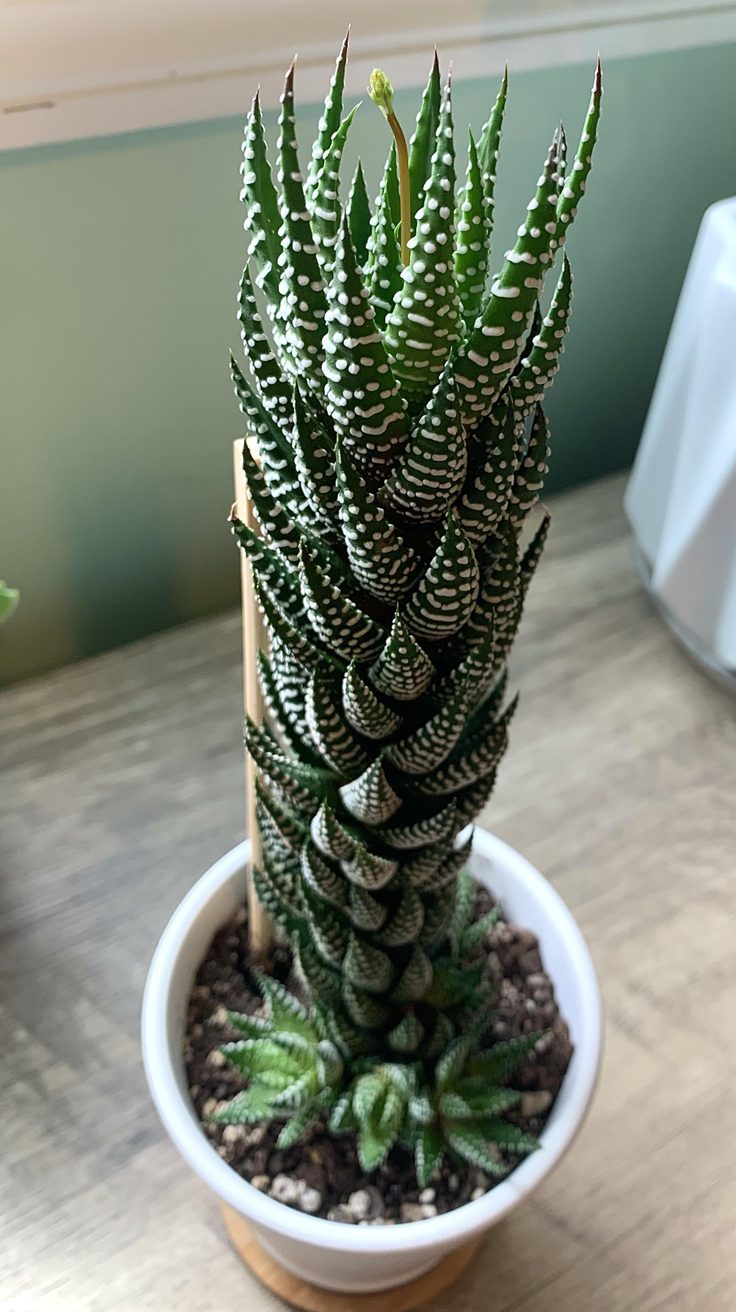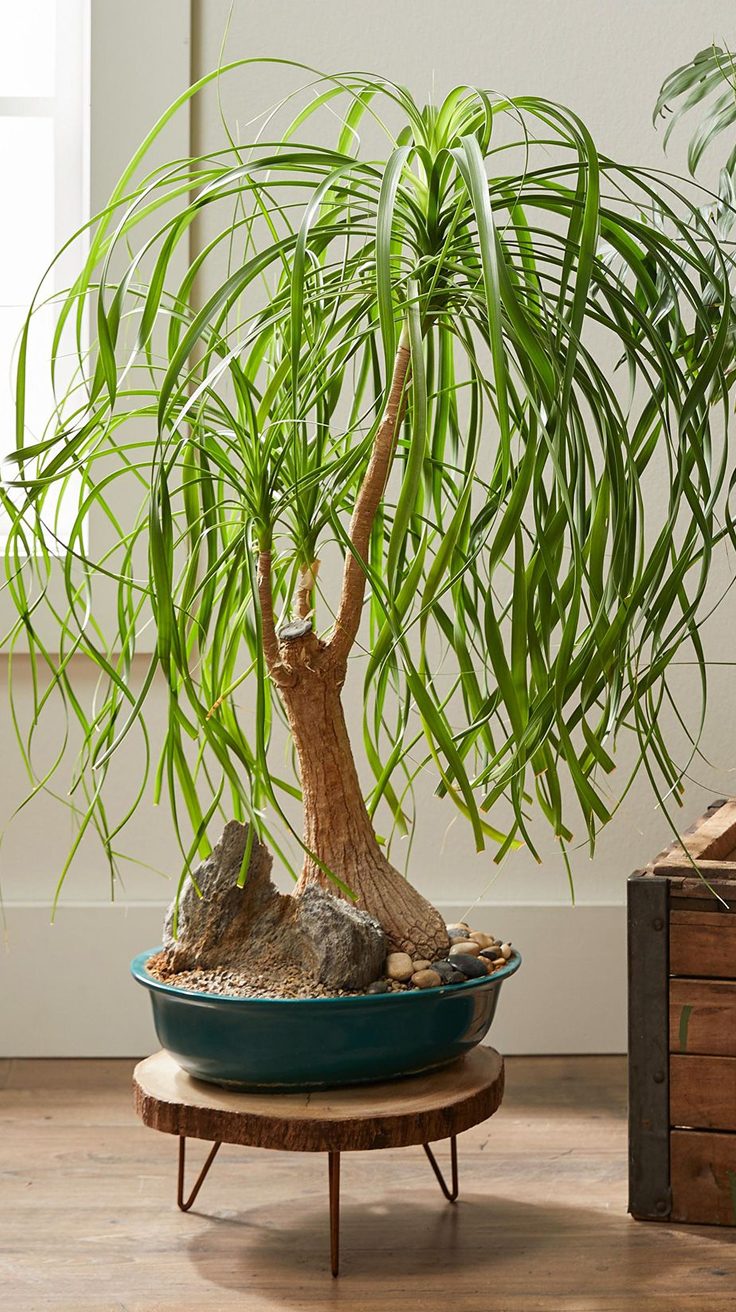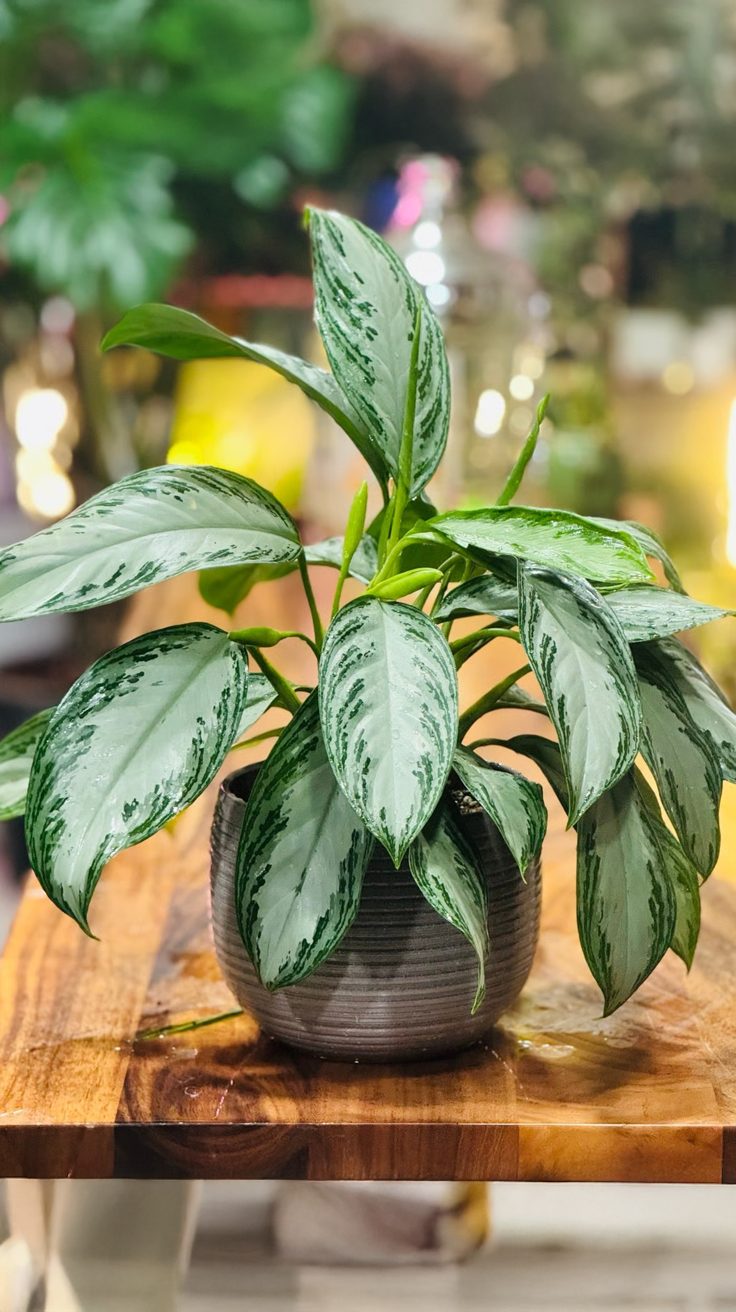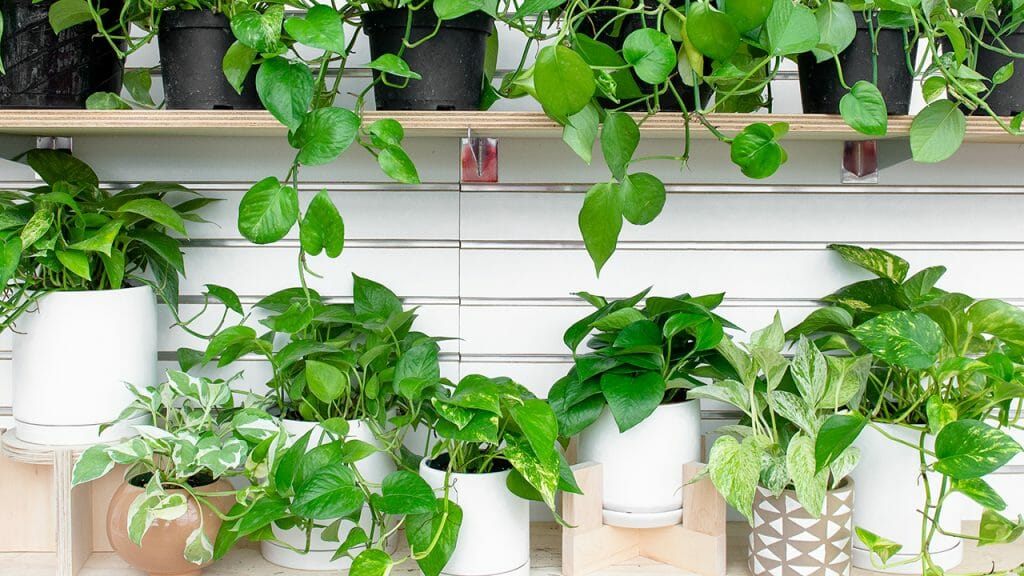Let’s be honest—keeping houseplants alive can feel like a high-stakes game of Will It Wilt?
Maybe you’ve been haunted by the ghost of a crispy fern or the memory of an overwatered succulent (RIP).
But here’s the good news: not all houseplants are divas!
Some are total troopers—happy to thrive even if you forget to water them, talk to them, or, you know… notice them for a week.
No green thumb? No problem.
These low-maintenance legends are here to make you look like a plant parent pro, no effort required. 🌿✨
1. Snake Plant (Sansevieria)
Snake plants are perfect for beginners. These tough plants can survive weeks without water and grow in low light conditions.
You can find over 70 different types of snake plants. They have thick, upright leaves with green and yellow patterns that look great in any room.
These plants clean the air while you sleep. They release oxygen at night, making them ideal for bedrooms.
Snake plants rarely get sick or attract bugs. Even if you forget to water them, they will keep growing strong.
2. ZZ Plant (Zamioculcas zamiifolia)
The ZZ plant is perfect for beginners. It has thick, glossy leaves that look great in any room.
You can forget to water this plant for weeks. It stores water in its roots like a potato.
ZZ plants grow well in low light or bright light. They work great in offices or dark corners of your home.
Keep your ZZ plant between 60-75°F for best growth. It can handle dry air without problems.
This plant grows slowly and reaches 1-3 feet tall. You rarely need to repot or fertilize it.
3. Pothos (Epipremnum aureum)
Pothos is one of the easiest houseplants you can grow. This trailing vine has heart-shaped leaves that look great in hanging baskets or climbing up supports.
You can forget to water pothos for weeks and it will still survive. It grows well in low light conditions where other plants would die.
The plant also cleans your indoor air while it grows. Pothos comes in different varieties with green, yellow, and white leaf patterns to match your space.
4. Spider Plant (Chlorophytum comosum)
Spider plants are perfect for beginners because they tolerate neglect well. You can place them in low light conditions and forget to water them occasionally without major problems.
These plants adapt to almost any indoor environment. They handle fluctuating temperatures and dry air better than most houseplants.
Spider plants look great in hanging baskets or on tall stands. Their long, arching leaves create an attractive cascading effect that adds visual interest to any room.
5. Aloe Vera
Aloe vera is one of the easiest plants you can grow. This succulent stores water in its thick leaves, so you don’t need to water it often.
Place your aloe plant in bright, indirect light. It will do well near a sunny window but not in direct sunlight all day.
Water your aloe deeply, then let the soil dry out completely before watering again. This plant hates wet soil and can rot if you water too much.
The gel inside aloe leaves can help heal minor burns and cuts.
6. Cast Iron Plant (Aspidistra elatior)
The Cast Iron Plant lives up to its tough name. This plant can handle neglect better than most houseplants.
You can place it in low light areas where other plants struggle. It tolerates different indoor temperatures without problems.
Water it only when the top inch of soil feels dry. This plant forgives you if you forget to water sometimes.
The dark green leaves stay attractive even with minimal care. It grows slowly but stays healthy for years.
7. Rubber Plant (Ficus elastica)
The rubber plant is a classic houseplant that’s perfect for beginners. Its large, glossy leaves create a bold look in any room.
This plant grows quickly and easily indoors. You don’t need special skills to keep it healthy.
Rubber plants need bright light with some direct sun. They prefer temperatures between 60-80°F.
Water when the soil feels dry about an inch down. These plants don’t like wet feet.
The rubber plant also cleans your indoor air naturally.
8. Jade Plant (Crassula ovata)
The jade plant is a tough succulent that can live up to 70 years with proper care. You’ll love its thick, oval-shaped green leaves and woody stems.
This plant grows slowly, gaining only two inches per year. It can reach three to six feet tall indoors.
Jade plants need bright light with 4-6 hours of direct sunlight daily. Water only when the soil feels dry to prevent root rot.
The plant thrives in warm, dry conditions typical of most homes. Many people call it the “money plant” because it symbolizes good luck and prosperity.
9. Monstera Deliciosa
Monstera deliciosa stands out with its large, dark green leaves that develop unique splits and holes as the plant grows. These distinctive features make it a popular choice for plant lovers.
This plant thrives in bright to medium indirect light. You should water it moderately, though it can handle some drought periods.
Native to Mexico and Central America, monstera deliciosa requires minimal daily care. The heart-shaped leaves can grow quite large, making it an impressive addition to your home.
10. Haworthia
Haworthia plants are small succulents that make perfect indoor companions. These compact plants store water in their thick leaves, so you don’t need to water them often.
You can place haworthia in bright, indirect light or even low-light areas. They adapt well to different lighting conditions in your home.
These plants grow slowly and stay small. Most varieties reach only 3-5 inches tall, making them ideal for desks or shelves.
Water your haworthia every 2-3 weeks during growing season. Let the soil dry completely between waterings to prevent root rot.
11. English Ivy (Hedera helix)
English ivy adapts easily to many growing conditions. This makes it one of the hardest plants to kill indoors.
You can grow it in bright indirect light or low light spaces. It works well in bathrooms and kitchens where humidity is higher.
The plant tolerates average household humidity levels. Water when the soil feels slightly dry.
English ivy grows quickly with trailing vines and glossy green leaves. You can trim it regularly to keep the size you want.
12. Burgundy Rubber Tree (Ficus elastica ‘Burgundy’)
The burgundy rubber tree makes a perfect low-maintenance houseplant. Its thick, glossy leaves start burgundy-red when new, then turn deep green as they mature.
This plant belongs to the fig family and comes from India and Southeast Asia. You can keep it small or let it grow into a tall statement plant.
Burgundy rubber trees need very little care to thrive indoors. They handle neglect well and grow fast, making them ideal for beginners.
13. Ponytail Palm (Beaucarnea recurvata)
The ponytail palm stores water in its thick, bulbous trunk base. This makes it very drought tolerant.
You only need to water it occasionally. Let the soil dry out completely between waterings.
This plant handles neglect well and thrives in dry indoor air. It needs bright, indirect light to grow best.
The ponytail palm is actually a succulent, not a true palm. Its long, narrow leaves cascade down like a fountain from the swollen base.
14. Philodendron
Philodendrons are perfect for beginners because they forgive mistakes. You can forget to water them sometimes and they will still survive.
These plants handle low light conditions well. They actually prefer to stay on the dry side between waterings.
You don’t need special fertilizers or constant care. Philodendrons adapt to most indoor environments without much effort from you.
The heartleaf variety is especially tough and low-maintenance for new plant owners.
15. Chinese Evergreen (Aglaonema)
Chinese Evergreen plants are perfect for beginners. They forgive missed waterings and poor lighting conditions.
These plants have colorful leaves that stay fresh with minimal care. You can find varieties with pink, green, and silver patterns.
They grow well in low to medium light. Direct sunlight can damage their leaves.
Water them when the soil feels dry. They handle dry air better than most houseplants.
Chinese Evergreens are hard to kill and keep looking good year-round.


